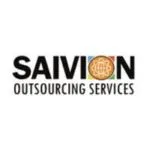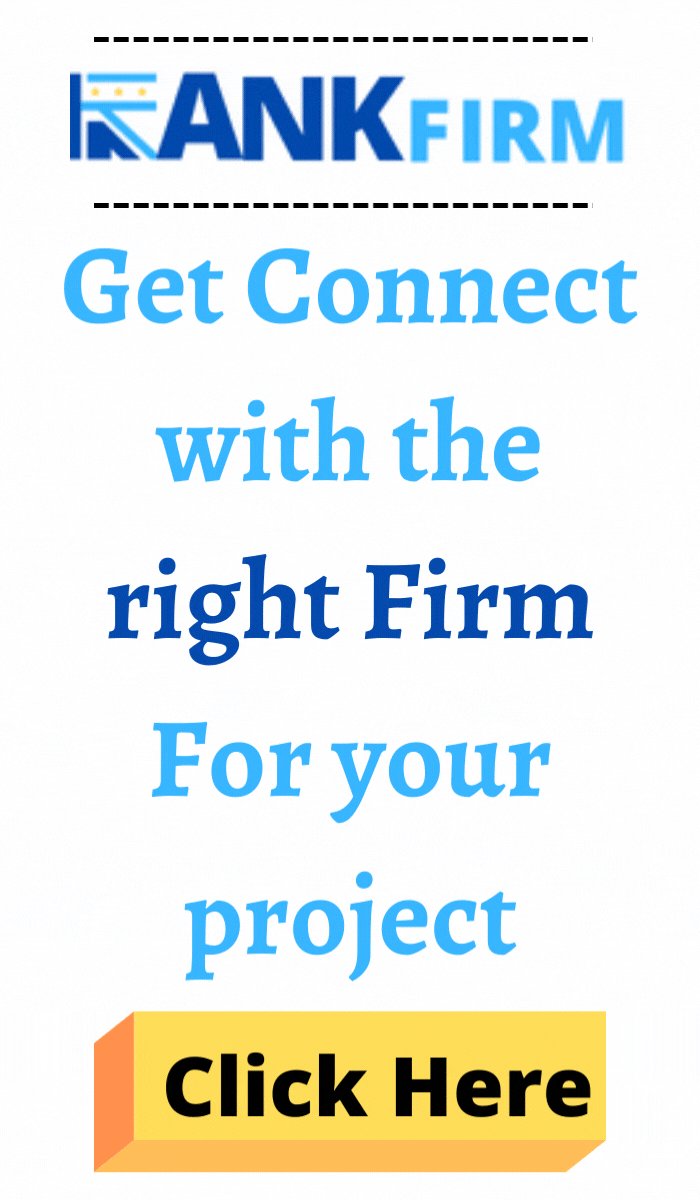
Top Freelance Web Designers
Finding the right freelance web designer can make all the difference in building a powerful online presence. Our curated list of top freelance web designers features experienced professionals with diverse skills, creative portfolios, and verified client reviews. Whether you’re a startup looking for a stunning landing page or an established business needing a complete website overhaul, these designers offer flexible solutions tailored to your needs and budget. Explore profiles, compare expertise, and choose the best freelance web designer to bring your vision to life. Let real reviews and proven results guide your decision in selecting the perfect creative partner.
List of the Best Freelance Website Designers | Top Freelance Web Designers in the World

-
Employees: 11 to 50
-
Min. Project amount: $10,000
-
Country: NY, USA

Cyber Nest
-
Employees: 11 to 50
-
Min. Project amount: $25-$49/hr
-
Country: NY, United States
-
Employees: 101 to 250
-
Min. Project amount: $10000
-
Country: Karnataka, India
-
Employees: 11 to 50
-
Min. Project amount: $1,000+
-
Country: Singapore

Telepathy Infotech
-
Employees: 51 to 100
-
Min. Project amount: $5,000+
-
Country: Casper, WY

Onex Software
-
Employees: 11 to 50
-
Min. Project amount: $10,000+
-
Country: İzmir, Türkiye

Saivion India
-
Employees: 11 to 50
-
Min. Project amount: $1,000+
-
Country: New Delhi, INDIA

SAT Microsystems
-
Employees: 251 to 500
-
Min. Project amount: $250,000+
-
Country: Jeddah, Saudi Arabia

Elite M Commerce
-
Employees: 101-250
-
Min. Project amount: Undisclosed
-
Country: NJ, United States

Ecom Buzz
-
Employees: 0 to 10
-
Min. Project amount: $1,000+
-
Country: Kolkata, India
1.What should I look for when hiring a freelance web designer?
✅ 1. Relevant Experience in Web Design
Look for a freelancer who has a proven track record in designing websites that align with your industry or business model. Experienced designers are more likely to anticipate challenges and deliver polished results.
🖼️ 2. A Strong and Diverse Portfolio
A well-curated portfolio showcases the designer’s creativity, versatility, and technical ability. Check for projects similar to yours, and assess both visual appeal and user experience.
🌟 3. Client Reviews and Testimonials
Reviews from past clients can reveal the freelancer’s professionalism, reliability, and communication style. Look for feedback on responsiveness, adherence to deadlines, and overall satisfaction.
💻 4. Technical Skills and Platform Knowledge
Ensure the designer is proficient in tools and technologies relevant to your project—such as HTML, CSS, JavaScript, WordPress, Shopify, or Webflow. Bonus if they understand SEO and performance optimization.
💬 5. Clear Communication and Collaboration Style
Effective communication is key. Choose someone who asks questions, understands your vision, and keeps you updated regularly. A good freelancer should act as a creative partner, not just a contractor.
🎯 6. Understanding of Your Business Goals
Your web designer should go beyond aesthetics to understand your audience, brand message, and conversion objectives. A site that looks great but doesn’t serve your goals won’t deliver results.
2.What’s the Cost of Hiring a Freelance Web Designer?
Freelance web design pricing can vary significantly based on the designer’s experience, skillset, project complexity, and timeline. Here’s a breakdown to help you budget accordingly:
🧩 1. Basic Website Design: $500–$1,500
Ideal for personal blogs, portfolios, or small business landing pages. These typically include a few static pages, basic contact forms, and simple design layouts.
🛒 2. Intermediate or Small Business Websites: $1,500–$5,000
Includes custom layouts, responsive design, basic SEO setup, CMS integration (like WordPress), and contact forms. These are common for service providers and small businesses.
🛍️ 3. Advanced or eCommerce Websites: $2,000–$10,000+
For websites with online stores, payment gateway integration, booking systems, or membership features. Expect higher costs for complex functionality, UI/UX optimization, and ongoing support.
🕓 4. Hourly Rates: $25–$150+/hour
Some freelancers charge hourly, especially for smaller tasks or ongoing updates. Rates depend on geography, expertise, and demand.
✨ 5. Additional Costs to Consider
Domain & Hosting: $50–$200/year
Premium Themes or Plugins: $50–$500
SEO, Copywriting, or Maintenance: May be extra.
3.⏳ How Long Does It Take to Complete a Website with a Freelancer?
The project timeline when working with a freelance web designer can vary depending on several factors — including project scope, design complexity, features required, and client feedback speed. Here’s what you can expect:
🗓️ 1. Simple Websites: 2–4 Weeks
Basic websites with minimal pages, standard design templates, and no complex functionality can often be completed within a few weeks, especially with timely content and feedback from the client.
💼 2. Business or Portfolio Sites: 4–6 Weeks
Websites for small businesses, portfolios, or blogs with moderate custom design, mobile optimization, and integrations like contact forms or Google Maps typically take about a month or more.
🛍️ 3. eCommerce or Feature-Rich Sites: 6–12 Weeks
Sites with custom features such as online stores, booking systems, payment gateways, or member areas often take longer due to testing, setup, and fine-tuning.
🔄 4. Revisions & Feedback Cycles
Delays can occur if there’s slow communication, unclear goals, or multiple rounds of revisions. Fast response times and clear direction from the client help speed things up.
✅ Pro Tip: Set Clear Milestones
Ask your freelancer to break the project into phases — like planning, design, development, and testing — with estimated deadlines for each. This keeps everything organized and transparent.
4.✅ Can I Hire a Freelance Web Designer for Specific Tasks Only?
Yes, you definitely can. One of the biggest advantages of working with freelance web designers is the flexibility they offer. You’re not locked into a full-scale project—freelancers can handle individual tasks based on your needs, timelines, and budget.
🎯 1. Task-Based Hiring for Flexibility
Freelancers are ideal for one-off or short-term assignments. Whether you’re launching a new campaign or fixing existing issues, you can hire them just for what you need—nothing more.
🛠️ 2. Common Specific Tasks You Can Outsource
Website Redesign or UI Tweaks
Update the look and feel of your site without rebuilding it.Landing Page Design
Need a high-converting page for a promotion? Freelancers can handle standalone page builds quickly.Speed Optimization
Improve page load times and overall performance.SEO Enhancements
Get help with on-page SEO, keyword placement, and metadata setup.Mobile Responsiveness Fixes
Ensure your website displays properly on all screen sizes.Bug Fixes and Maintenance
Freelancers can resolve technical glitches or keep your site up-to-date.
💡 3. Cost-Efficient and Scalable
Hiring freelancers on a task basis helps you stay within budget, and scale up or down depending on your workload.
🔍 4. Clear Scope = Better Results
To get the best outcomes, clearly define the task, objectives, timeline, and deliverables upfront.





